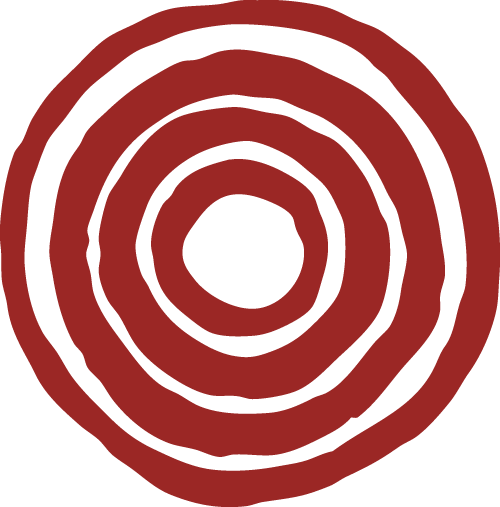Amy McMurchie, JUNTOS Interim Executive Director
A year ago I lay in a hospital bed for a week. I had been hit by a car with a severe crush injury to my lower left leg and additional injuries on the right leg. I underwent two surgeries during that week as doctors and other health professionals worked to save my leg and foot. The pain was crushing, both physically emotionally and the unknowns loomed large: would I be able to walk again? What would recovery look like? How would I be able to make a living if I couldn’t perform or teach dance? It was big, heavy stuff, but I was equipped to handle it.
Why was I equipped to handle it? Because of what dance had taught me.
As a ten year old, dance taught me the biggest way I could create joy for myself was by leaping down the grocery store aisles. As a nineteen year old, I mended my first real heartbreak by funneling all of my efforts into dance. As a twenty five year old, the tenacity and creativity I had learned as a result of dance allowed me to help grow JUNTOS as an organization and positively influence hundreds of beneficiaries and volunteers.
As I lay in the hospital bed, working with the Physical Therapist to try to sit up for the first time in five days, I called on each of those lessons. I summoned the joy of my ten year old self to remind me that this pain would pass. My heartbroken nineteen year old self reminded me that effort would allow for healing. Most of all, I called on the lessons learned through the creative mind dance had given me: maybe this wasn’t the way I had wanted things to go, but I could still make something beautiful from it. All I had to do was think outside the box.
Now I’m walking (albeit with a limp) and I’m dancing. It started with moving my arms on the couch and has progressed to jumping on my right foot and balancing for a moment or two on the left. I may not be as graceful as I once was, but it is dancing nonetheless. As I’ve reintroduced dance to my body this past year, it has healed me.
The lessons I learned in dance saved me as I was hospital bound and they have since propelled my healing. It is these lessons we strive to teach through the mission of JUNTOS: joy, effort and a creative mind. These are the lessons that can move all of us forward (pun intended).

Julia Hallissey Horner, JUNTOS Communications Director
Dance has been a huge part of my life ever since I can remember. My mother was an Irish Step dancer her whole life and I have pictures of us dancing together in the kitchen and living room. I danced pretty much anywhere I could manage. Although I never got into competitive Irish dancing, dance has always remained my language. It has helped me connect to my heritage and culture, and to also connect with cultures different than my own. I also believe that dance has the ability to change the way we view community, borders, “others”, and ourselves.
Throughout my life dance has helped me relate to others, whether that be in school, choreographic processes, performance, teaching, church, and then through JUNTOS, abroad in Latin America. I remember that at a time when I had really forgotten what dance meant to me, JUNTOS appeared as a gift. I can recall my first trip with JUNTOS to Nicaragua, I learned Ballet Folklorico Nicaraguense. We were taught that the steps were imitating the process of grinding tortillas with our feet and the bowls balanced on top of our heads were to hold the stacked tortillas. History and culture is laced into our feet, our hands, our eyes, our bodies and therefore, our dance, our music and our art. I learned this again and again through dancing and learning with communities abroad in Mexico, Guatemala, Nicaragua, and Colombia. All my experiences with JUNTOS were gifts of community making, travel, cultural exchange, and education all through a shared passion for dance.
I discovered that when we dance with one another, we learn about cultures, experiences, pain, love, and beauty. All this and much more! We are living in a time when things are incredibly divided. There is enough hate and hurt wrap around the world twice. How does dance even begin to help solve this problem? How do we find hope through all of this?
Movement and dance help us to creatively access the inner-most pieces of ourselves and share them with one another. We use self-expression to showcase our most human parts, our doubts, fears, what we hate and love, what we want to see change in the world. This level of deep understanding and vulnerability allows us to connect in beautiful ways with each other, not only individually but community to community. Whether we gather together in a small room in Xela, Guatemala, or in a Zoom session with children and teens in Oaxaca, Mexico and Oakland, USA, we use the gift of dance to share bits of ourselves and our communities, and this is the power of dance. Dance breaks barriers of language and culture, allowing us to see the beauty in both our diversity and commonality.
Julia (starting on right) performs “Soledad” by Ariane Michaud, with Kemba Barnes in Nagarote, Nicaragua.

